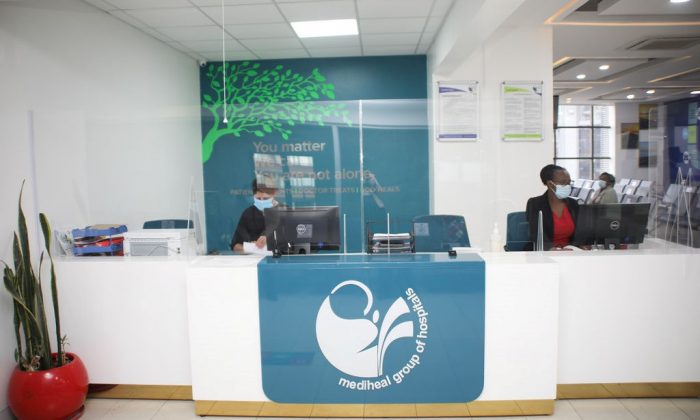
Craniovertebral Junction (CVJ) Diseases
Craniovertebral Junction (CVJ) anomalies can be congenital, developmental or due to malformation secondary to any acquired disease process. These anomalies can lead to cranial nerve compression, vertebral artery compression and obstructive hydrocephalus. Clinical features of CVJ anomalies are due to compression of the brain stem and the spinal cord and may include recurrent occipital headaches, neck aches, bulbar palsy, and upper and lower motor neuron palsy. CVJ anomalies can also obstruct the flow of CSF, resulting in syringomyelia and/or hydrocephalus. Diagnostics include neck X-ray and CT/MRI of the head and neck. Surgery is often indicated to prevent or treat neurological symptoms. Procedures performed at Mediheal Group of Hospitals include:
- AAD Fixation and Reduction Anterior and Posterior Technique
- Odontoid Screw Fixation for Odontoid Fracture
- Foramen Magnum Decompression and Duroplasty (FMD)
- Transoral Odontoidectomy
Cervical Spine
The cervical spine (neck) is delicate – housing the spinal cord that sends messages from the brain to control all aspects of the body – while being remarkably strong and flexible, allowing movement in all directions. The cervical spine consists of seven bones (C1-C7 vertebrae), which are separated from one another by intervertebral discs. These discs allow the spine to move freely and act as shock absorbers during activity. Non-surgical treatment is the first approach in patients with common neck pain not involving trauma.
The patient may be a candidate for surgery if:
- Conservative therapy is not helping
- Progressive neurological symptoms involving arms and/or legs
- Difficulty with balance or walking
- In otherwise good health
There are several different surgical procedures that can be utilized, the choice of which is influenced by the severity of the case. Some of these include:
- Anterior Cervical Discectomy and Fusion (ACDF)
- Endoscopic Discectomy
- Posterior Approaches / Lateral Mass Fixation
- Laminectomy / Laminoplasty
